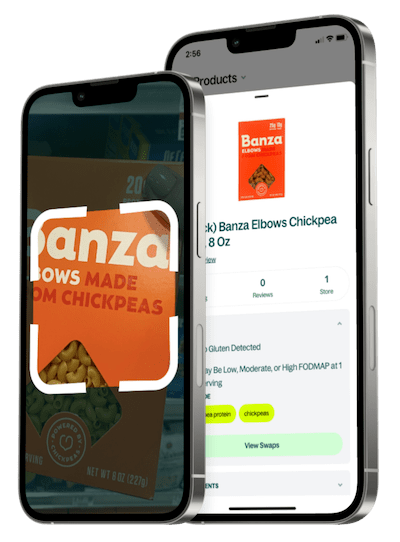Is StarKist Tuna Salad Ready-To-Eat Original Deli Style Box - 3.28 Oz Low FODMAP?

Description
Ready to eat deli style tuna offers a mild savory flavor with a creamy, flaky texture. Commonly used for sandwiches, salads, and crackers, or eaten straight from the tray for quick lunches. Reviewers frequently cite convenience and portability while noting occasional variability in chunkiness and moisture between packs across shipments.

Description
Ready to eat deli style tuna offers a mild savory flavor with a creamy, flaky texture. Commonly used for sandwiches, salads, and crackers, or eaten straight from the tray for quick lunches. Reviewers frequently cite convenience and portability while noting occasional variability in chunkiness and moisture between packs across shipments.
Ingredients
Original Deli Style Tuna Salad: Light Meat Tuna, Tuna Salad Dressing (Water, Vinegar, Modified Food Starch (Corn), Cellulosegel, Sugar, Egg Yolk, Onion Powder, Titanium Dioxide, Guar Gum, Sodiumcarboxymethylcellulose, Salt, Mustard Flour, Xanthan Gum, Carrageenan,phosphoric Acid, Sodium Benzoate And Potassium Sorbate ,Dextrose, Calcium Disodium Edta), Vegetable Broth, Vinegar, Soy Proteinconcentrate, Water, Celery, Carrots, Sugar, Water Chestnuts, Dill Pickle Relish (Cured Cucumbers, Water, Vinegar, Salt, Xanthan Gum, Potassium Sorbate Andsodium Benzoate , Calcium Chloride, Natural Flavors), Salt, Titanium Dioxide, Modified Food Starch (Corn), Xanthan Gum, Citrusfiber, Crackers:enriched Wheat Flour (Wheat Flour, Ferrous Fumarate, Niacin, Riboflavin,thiamin, Folic Acid), Vegetable Oil, Contains 2% Or Lessof: Leavening (Ammonium Bicarbonate, Monocalcium Phosphate, Sodiumbicarbonate), Malt Extract, Soy Lecithin, Enzymes, Original Deli Style Tuna Salad: Light Meat Tuna, Enzymes
What is a Low FODMAP diet?
A Low FODMAP diet limits foods high in certain short-chain carbohydrates (FODMAPs) that can be poorly absorbed in the gut. These include specific sugars found in foods like onions, garlic, beans, apples, and wheat. It's commonly followed by people with irritable bowel syndrome (IBS) or other digestive sensitivities to reduce bloating, gas, and discomfort. The diet typically involves an elimination phase, followed by gradual reintroduction to identify personal triggers. When followed carefully, often with a dietitian's guidance, a Low FODMAP diet can help manage symptoms while maintaining a balanced and varied intake of nutrients.


